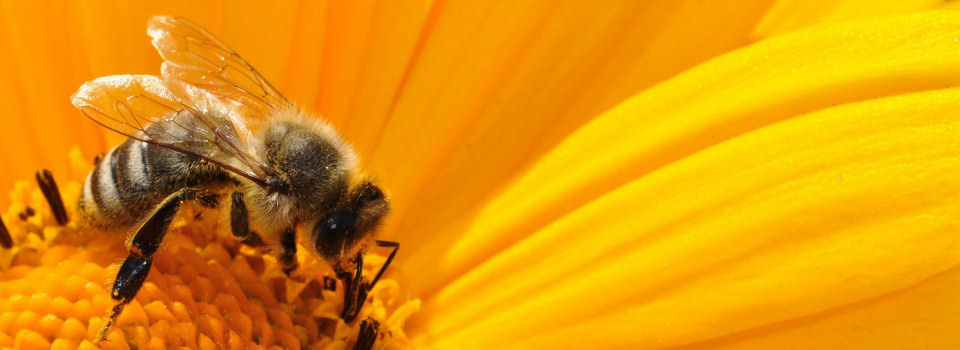We had some rape honey this year albeit only a small amount but rape honey never-the-less. With judicious blending and seeding this could give a year’s supply of creamed honey.
Seeding? You warm and clear a tub of honey and then when it’s cool you add 10% of a creamed honey which has a nice smooth consistency. Provided the cleared honey would have eventually crystalised this will now do so at a much faster rate and with the same consistency as the seeding material.
All bar two of my 2018 queened colonies needed artificial swarming due probably to the weather. These were successfully completed but it did mean several under-strength colonies and a lot of hives. Combine this with the swarms I’d had to take and I was approaching my hive-insurance limit.
At least four virgin queens failed to return from mating flights. I don’t know why I should be so prone to this problem. Any ideas? Inserting test frames and allowing them to develop emergency queens did allow a temporary solution. Not the best, admittedly, but a later supersedure would then correct the problem.
The June gap was much more noticeable this year and spanned the entire month. I can measure it by the amount of bee activity at the pond. In the absence of nectar to evaporate down, the colonies need water as a substitute liquid for their air conditioning.
It is now the end of the month and the swarm colonies are being united down to a sensible number before an end of season unite with my selected queen colonies. Two of them had somehow rendered themselves queenless so a quick test frame and they were united with the colony alongside. This was done with the newspaper method to mask the colony odour as they nibbled through.

Hive number 6 is without doubt the best producing this year. No artificial swarm was needed the the queen continued with copious laying. As I write, I have already extracted 5½ supers and there is still much to come


